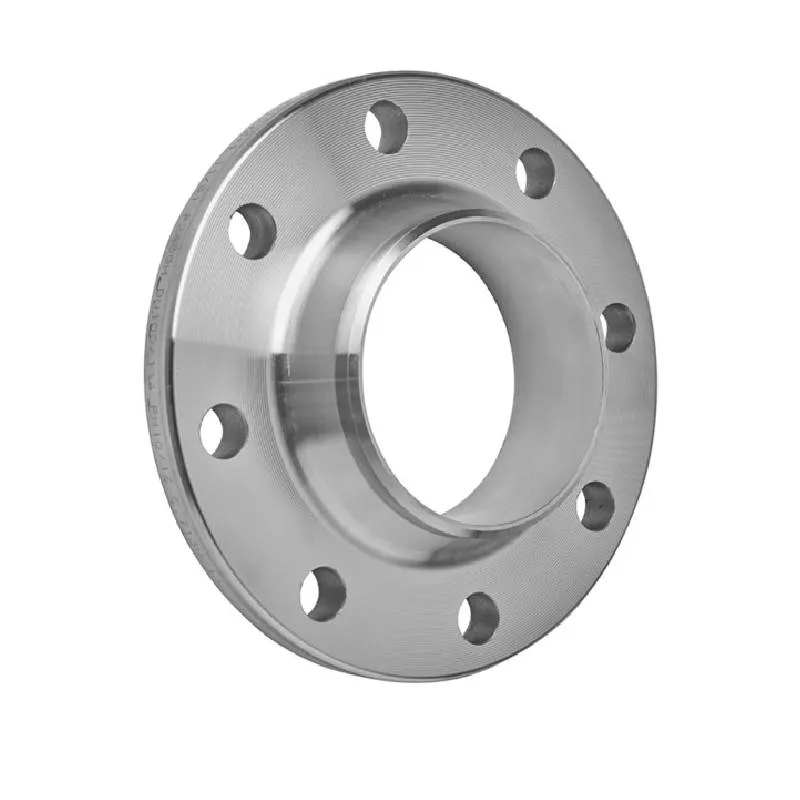-
Cangzhou Yulong Steel Co., Ltd.
-
Phone:
+86 13303177267 -
Email:
admin@ylsteelfittings.com
- English
- Arabic
- Italian
- Spanish
- Portuguese
- German
- kazakh
- Persian
- Greek
- French
- Russian
- Polish
- Thai
- Indonesian
- Vietnamese
- Zulu
- Korean
- Uzbek
- Hindi
- Serbian
- Malay
- Ukrainian
- Gujarati
- Haitian Creole
- hausa
- hawaiian
- Hebrew
- Miao
- Hungarian
- Icelandic
- igbo
- irish
- Japanese
- Javanese
- Kannada
- Khmer
- Rwandese
- Afrikaans
- Albanian
- Amharic
- Armenian
- Azerbaijani
- Basque
- Belarusian
- Bengali
- Bosnian
- Bulgarian
- Catalan
- Cebuano
- China
- China (Taiwan)
- Corsican
- Croatian
- Czech
- Danish
- Esperanto
- Estonian
- Finnish
- Frisian
- Galician
- Georgian
- Kurdish
- Kyrgyz
- Lao
- Latin
- Latvian
- Lithuanian
- Luxembourgish
- Macedonian
- Malgashi
- Malayalam
- Maltese
- Maori
- Marathi
- Mongolian
- Myanmar
- Nepali
- Norwegian
- Norwegian
- Occitan
- Pashto
- Dutch
- Punjabi
- Romanian
- Samoan
- Scottish Gaelic
- Sesotho
- Shona
- Sindhi
- Sinhala
- Slovak
- Slovenian
- Somali
- Sundanese
- Swahili
- Swedish
- Tagalog
- Tajik
- Tamil
- Tatar
- Telugu
- Turkish
- Turkmen
- Urdu
- Uighur
- Welsh
- Bantu
- Yiddish
- Yoruba

Nov . 21, 2024 23:05 Back to list
din flange dimensions
Understanding DIN Flange Dimensions
DIN flanges are an essential component in various piping systems, conforming to the standards set by the Deutsches Institut für Normung (DIN). These flanges play a critical role in connecting pipes, valves, pumps, and other equipment, providing a reliable and leak-proof joint. Understanding DIN flange dimensions is vital for engineers and technicians involved in the design and installation of piping systems.
Understanding DIN Flange Dimensions
A standard DIN flange's dimensions include several key metrics the nominal diameter (DN), the pressure rating (PN), the thickness of the flange, bolt hole diameter, and the bolt circle diameter. The nominal diameter refers to the pipe size that the flange is attached to, and it typically ranges from DN 10 to DN 4000. The pressure rating indicates the maximum pressure that the flange can withstand and is denoted by PN values, such as PN 6, PN 10, PN 16, etc. Higher PN values correspond with thicker flange dimensions and stronger construction to handle more pressure.
din flange dimensions

For instance, a DN 100 flange with a PN 16 rating will have specific measurements for thickness, bolt hole diameter, and bolt circle diameter, outlined in the respective DIN standard. The flange thickness generally ranges from 10mm to 50mm depending on the pressure rating, while the bolt hole size may vary to accommodate different bolt sizes.
Additionally, the surface finish of DIN flanges is crucial, especially in applications involving fluid transfers where contamination must be minimized. Most flanges are manufactured with a smooth finish to facilitate a proper seal when gaskets are used between the mating surfaces.
In summary, DIN flange dimensions are critical for ensuring that piping systems operate efficiently and safely. Understanding the key dimensions and specifications related to these flanges aids engineers and technicians in selecting the right components for their applications. As industries continue to evolve, adherence to DIN standards for flanges will remain a cornerstone of reliable engineering practices, ensuring seamless connectivity in fluid systems across the globe. Whether constructing new systems or maintaining existing ones, knowledge of DIN flange dimensions is indispensable for anyone working in the fields of engineering, plumbing, or industrial maintenance.
Latest news
-
ANSI 150P SS304 SO FLANGE
NewsFeb.14,2025
-
ASTM A333GR6 STEEL PIPE
NewsJan.20,2025
-
ANSI B16.5 WELDING NECK FLANGE
NewsJan.15,2026
-
ANSI B16.5 SLIP-ON FLANGE
NewsApr.19,2024
-
SABS 1123 FLANGE
NewsJan.15,2025
-
DIN86044 PLATE FLANGE
NewsApr.19,2024
-
DIN2527 BLIND FLANGE
NewsApr.12,2024
-
JIS B2311 Butt-Welding Fittings LR/SR 45°/90° /180°Seamless/Weld
NewsApr.23,2024











